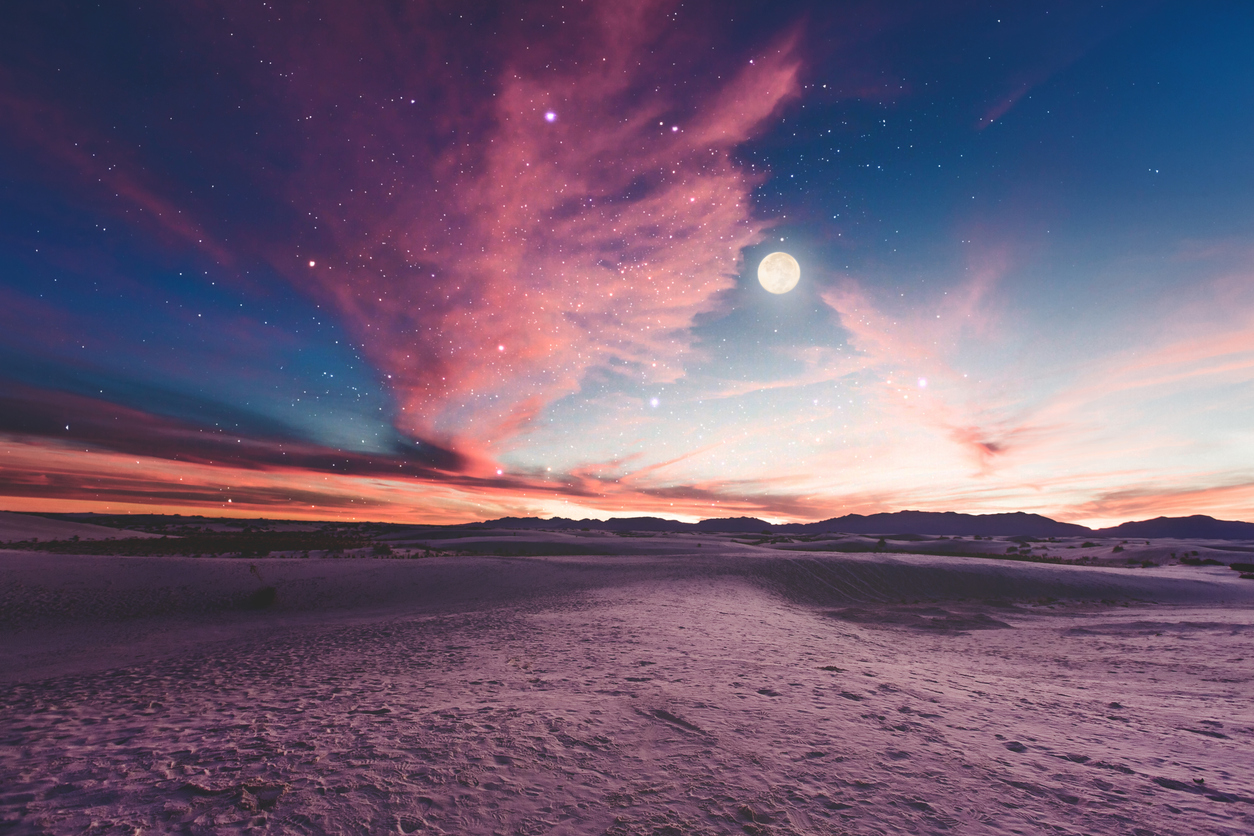Five Wellness Experiences to Enjoy in Nature
There’s nothing like a global pandemic to wake people up to the wonders of Mother Nature, whether it’s in the form of countryside, coastline or mountains. And that’s not by chance. The science behind the benefits of nature is proven, to the point where both doctors and wellness practitioners are increasingly prescribing outdoor activities that reap medicinal benefits, without the side effects. This “discovery” of the healing power of nature has pushed wellness vacations in nature to the top of health-conscious travelers’ lists. Here are five ways up your wellness quotient naturally, on your next trip.
Find Open Sky

There are few things more awe-inspiring than gazing up at a night sky untouched by light pollution. Stars that you didn’t even know existed glimmer brightly, and constellations and the Milky Way are easily visible. Looking up at a dark sky is a stellar wellness experience, often resulting in a meditative, beta-wave state.
If you want to take a star trek, head first to the International Dark-Sky Association website. IDSA certifies places with night sky-friendly lighting. The best of the best are called Dark Sky Sanctuaries. There are only ten of them in the entire world, and only one is in the United States. Cosmic Campground is in the Gila National Forest in the western part of New Mexico. Those with a fear of the dark need not apply. The closest source of man-made light is about 40 miles away. There aren’t a lot of hotels around here, either. So, after gazing up, you might want to plunk yourself down in Silver City, which is about an hour away.
Woodland Wellness

Since being developed in Japan 40 years ago, forest bathing has become somewhat of a global sensation. We’re not just talking about a walk in the woods here. A forest bath is a total immersion into the sights, sounds and smells of the woods. Several American resorts now offer guided forest bathing experiences as part of their wellness menus.
The Lodge at Spruce Peak is a year-round resort located in Stowe, Vermont. Its guided excursion explores the Green Mountains. Don’t be surprised if the guide asks you to take off your shoes, as contact with the wet, cool ground is believed to create a stronger connection to nature. The Lodge at Woodloch in Pennsylvania’s Pocono Mountains brags about its certified Forest Bathing Specialists, who lead two-hour jaunts that focus on breathing and mind-clearing.
Say Hay

Sleeping on hot, wet hay was first popularized in Italy’s Dolomites. Farmers who cut hay used to sleep on it after a long day of work. But the new version of the practice is not just a roll in the hay. Wellness-seeking straw sleepers will instead find themselves wrapped in bales infused with fermented mountain herbs. The active substances in the herbs have a calming and anti-inflammatory action, and are said to strengthen the immune system and promote circulation.
While hay bathing is offered at many resorts in the Dolomites and has also spread to some places in Eastern Europe, it’s not a wellness option easily found in North America. Right now, the best bet may be a visit to Chicago’s Piva Beer Spa. As its name suggests, this place offers soaking rooms with wooden tubs filled with a brew of barley, hops and brewer’s yeast. After soaking up the beer bath, guests are moved to a relaxation room, where they lie on beds of hay. For those who want to roll straight from the hay to a comfy mattress, the closest hotel is The Robey, located in trendy Wicker Park.
Hot Spring Bubbles

The healing powers of hot springs have been appreciated for thousands of years. The ancient Greeks, the ancient Romans and the Founding Fathers were all fans of natural waters warmed geothermally. Due to their high mineral contact, hot springs are reputed to have a number of therapeutic benefits, including boosting immunity and circulation, reducing stress and relieving pain.
There are plentiful natural hot springs throughout the Mountain West. However, many are hard to find, and don’t have facilities nearby. To soak without roughing it, check out the Colorado Historic Hot Springs Loop. If you follow the entire 720-mile route in the western part of the state, you can experience hot springs in 17 different destinations. Two of the top resort towns along the loop are Pagosa Springs and Glenwood Hot Springs.
Knee-Deep in Kneipping
 |









